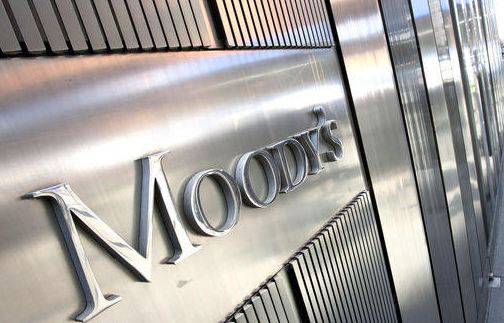Karachi (Agencies): US credit ratings agency Moody’s on Wednesday changed Pakistan’s rating outlook to negative from stable on “heightened external vulnerability risk”.
“Foreign exchange reserves have fallen to low levels and, absent significant capital inflows, will not be replenished over the next 12-18 months,” Moody’s said in a statement. “Low reserve adequacy threatens continued access to external financing at moderate costs, in turn potentially raising government liquidity risks.”
The country’s current account deficit widened to 5.5 percent of GDP in the July-May period, much above the annual target of 4.4 percent.
Moody’s expected current account deficit to slightly narrow to around 4 to 4.3 percent of GDP over the next few years compared to an average deficit of around 1.5 percent between FY2014 and FY2016.
Moody’s said continued growth in imports of goods – driven by demand for capital goods under the China-Pakistan Economic Corridor project, higher fuel prices and robust household consumption – will prevent a significant narrowing of the current account deficit.
Though it assumed continued strong growth in exports, “this will not be enough to narrow the trade gap”.
Moody’s said the negative outlook signals that a rating upgrade is unlikely.
“Expectations that government debt would continue to rise markedly, with a related deterioration in debt affordability from already weak levels, would also put downward pressure on the rating,” it added.
Moody’s, however, reaffirmed the B3 local and foreign currency long-term issuer and senior unsecured debt ratings for Pakistan.
It said the decision to affirm the B3 rating reflects the country’s robust growth potential, “supported by ongoing improvements in energy supply and physical infrastructure, which are likely to raise economic competitiveness over time”.
“These credit strengths balance Pakistan’s fragile external payments position and very weak government debt affordability owing to low revenue generation capacity.”
Moody’s expected the government’s tax amnesty scheme, which expires in June, to have a modest impact of around $2-3 billion in foreign exchange inflows.
The ratings agency said the policy tools available with the policymakers are “politically challenging and would likely have a negative economic impact”.
It said rupee depreciation, interest rate hike and regulatory duties are likely to contribute to somewhat lower growth, “at 5.2 percent on average over the next two fiscal years, from an expected 5.8 percent in FY2018, and higher inflation at 7 percent in FY2019 from around 4 percent in FY2018”. Moody’s said weak revenue generation capacity is a main credit constraint for the country.
The ratings agency expected government revenue to remain around 16 percent of GDP over the next two fiscal years -- one of the lowest globally -- albeit gradually increasing given the authorities’ focus on expanding the tax base and raising tax compliance. “Debt affordability will remain among the weakest across Moody’s rated sovereigns and constrain the government's fiscal space, particularly in light of ongoing infrastructure and social spending needs,” it said. Moody’s expected the government’s fiscal deficit to remain around five percent of GDP in FY2019 and FY2020, after a projected deficit of 5.8 percent in FY2018.
The ratings agency expected debt burden to not fall from the current, relatively high levels, hovering around 70-73 percent of GDP.


